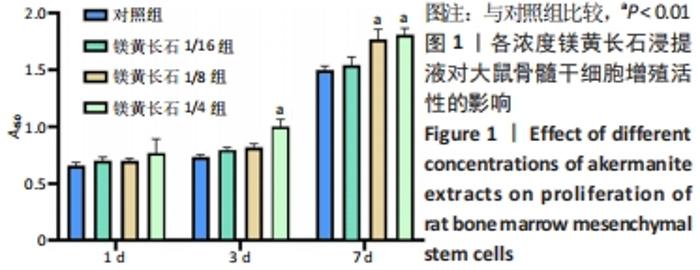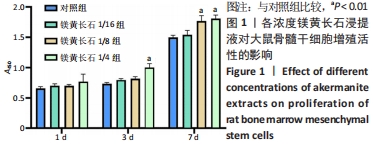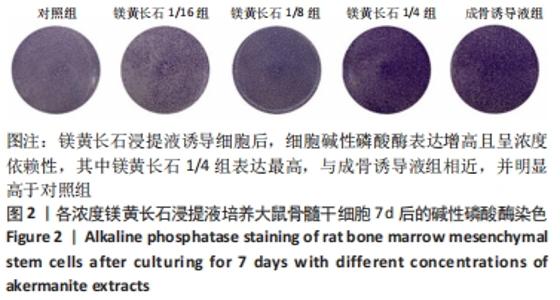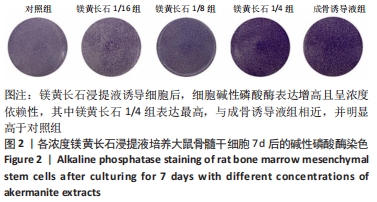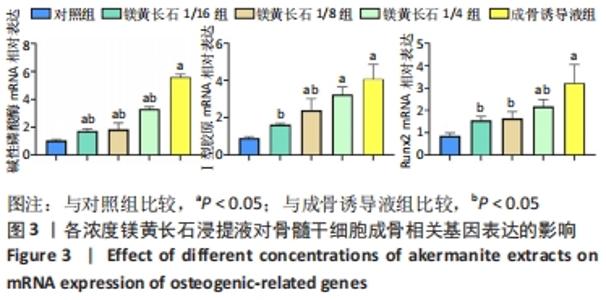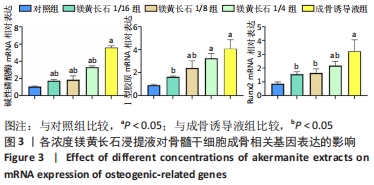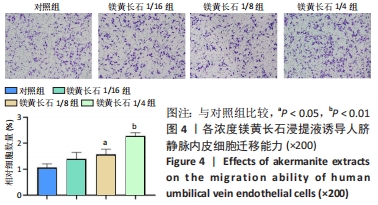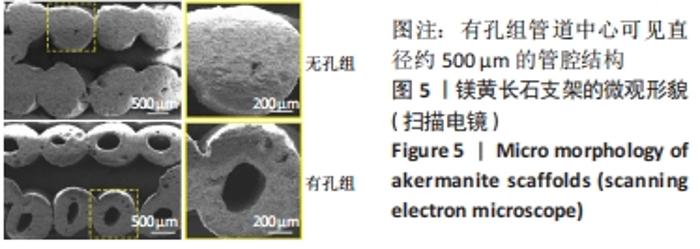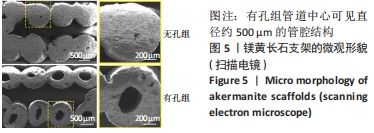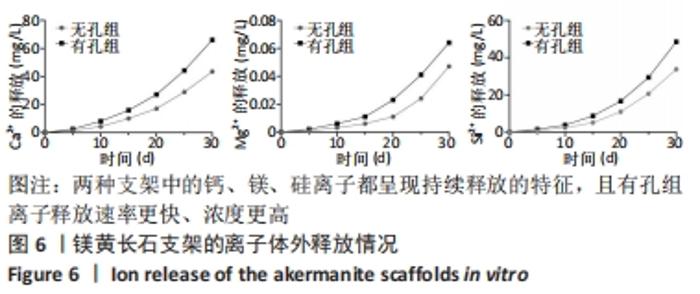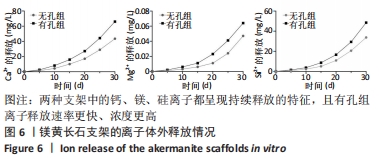[1] DIERMANN SH, LU M, DARGUSCH M, et al. Akermanite reinforced PHBV scaffolds manufactured using selective laser sintering. J Biomed Mater Res B Appl Biomater. 2019;107(8):2596-2610.
[2] SUN H, WU C, DAI K, et al. Proliferation and osteoblastic differentiation of human bone marrow-derived stromal cells on akermanite-bioactive ceramics. Biomaterials. 2006;27(33):5651-5657.
[3] LIU Q, CEN L, YIN S, et al. A comparative study of proliferation and osteogenic differentiation of adipose-derived stem cells on akermanite and beta-TCP ceramics. Biomaterials. 2008;29(36):4792-4799.
[4] WANG F, WANG X, MA K, et al. Akermanite bioceramic enhances wound healing with accelerated reepithelialization by promoting proliferation, migration, and stemness of epidermal cells. Wound Repair Regen. 2020;28(1):16-25.
[5] XIA L, YIN Z, MAO L, et al. Akermanite bioceramics promote osteogenesis, angiogenesis and suppress osteoclastogenesis for osteoporotic bone regeneration. Sci Rep. 2016;6:22005.
[6] FENG B, JINKANG Z, ZHEN W, et al. The effect of pore size on tissue ingrowth and neovascularization in porous bioceramics of controlled architecture in vivo. Biomed Mater. 2011;6(1):015007.
[7] LEE DJ, KWON J, KIM YI, et al. Effect of pore size in bone regeneration using polydopamine-laced hydroxyapatite collagen calcium silicate scaffolds fabricated by 3D mould printing technology. Orthod Craniofac Res. 2019;22 Suppl 1(Suppl 1):127-133.
[8] LI J, ZHI W, XU T, et al. Ectopic osteogenesis and angiogenesis regulated by porous architecture of hydroxyapatite scaffolds with similar interconnecting structure in vivo. Regen Biomater. 2016;3(5):285-297.
[9] 曹华,高建华,刘小龙,等.大鼠骨髓间充质干细胞分离鉴定方法及生物学特性[J].中国组织工程研究,2017,21(9):1357-1361.
[10] MA F, CHEN S, LIU P, et al. Improvement of β-TCP/PLLA biodegradable material by surface modification with stearic acid. Mater Sci Eng C Mater Biol Appl. 2016;62:407-413.
[11] 朱凌云,王彦平,石宗利,等.纳米羟基磷灰石/聚磷酸钙纤维/聚乳酸骨组织工程复合支架的特性[J]. 中国组织工程研究,2012, 16(3):431-433.
[12] XIA L, ZHANG Z, CHEN L, et al. Proliferation and osteogenic differentiation of human periodontal ligament cells on akermanite and β-TCP bioceramics. Eur Cell Mater. 2011;22: 68-82; discussion 83.
[13] 杜庆华,曹均凯,董溪溪,等.镁黄长石浸提液诱导多潜能干细胞的成骨分化[J].中国组织工程研究,2015,19(14):2236-2242.
[14] 王芳芳,李炳曼,胡文治,等.镁黄长石浸提液对人成纤维细胞增殖和迁移的影响[J].解放军医学院学报,2019,40(4):367-372.
[15] CORREIA C, GRAYSON WL, PARK M, et al. In vitro model of vascularized bone: synergizing vascular development and osteogenesis. PLoS One. 2011;6(12): e28352.
[16] DUDINA DV, BOKHONOV BB, OLEVSKY A. Fabrication of Porous Materials by Spark Plasma Sintering: A Review. Materials (Basel). 2019; 12(3): 541.
[17] TANG Y, LIN S, YIN S, et al. In situ gas foaming based on magnesium particle degradation: A novel approach to fabricate injectable macroporous hydrogels. Biomaterials. 2020;232:119727.
[18] MA H, FENG C, CHANG J, et al. 3D-printed bioceramic scaffolds: From bone tissue engineering to tumor therapy. Acta Biomater. 2018;79:37-59.
[19] 张一帆,徐铭恩,王玲,等.利用同轴3D打印技术构建促内皮细胞生长类血管组织工程支架[J].中国生物医学工程学报,2020,39(2): 206-214.
|
